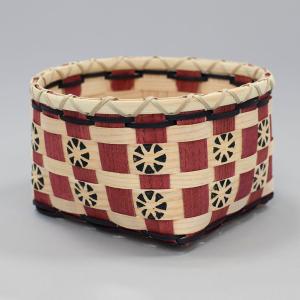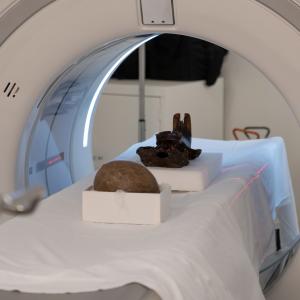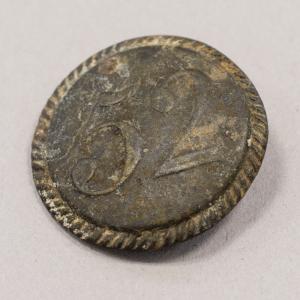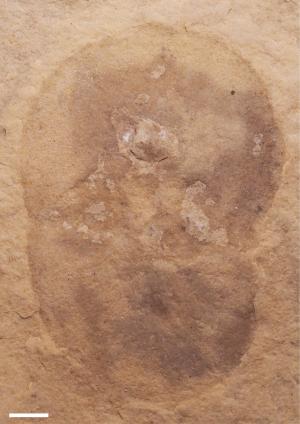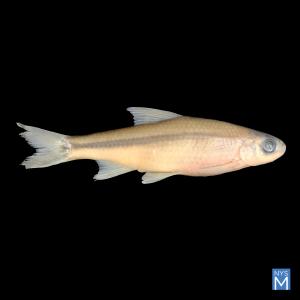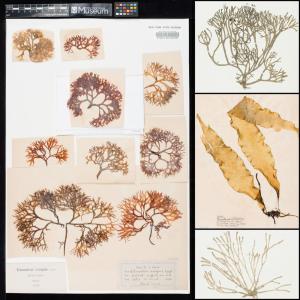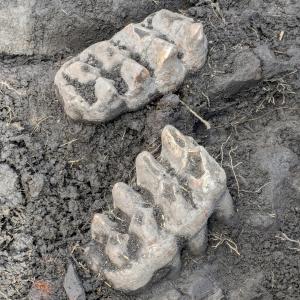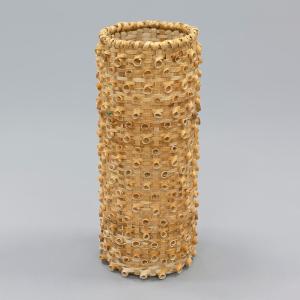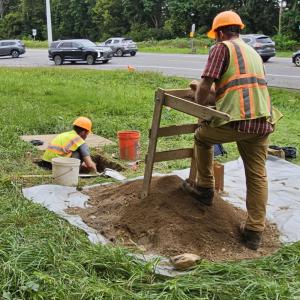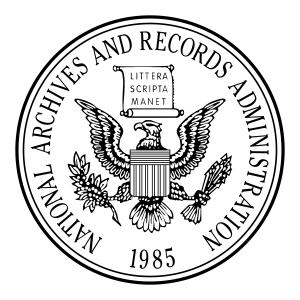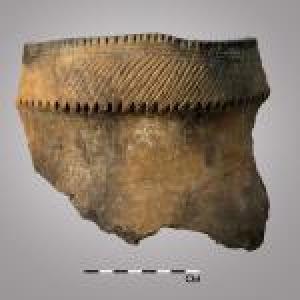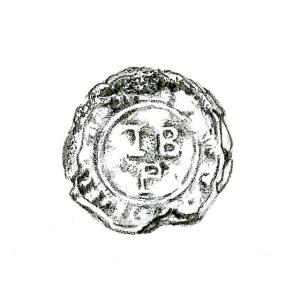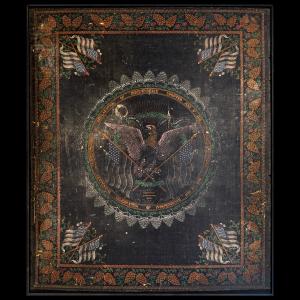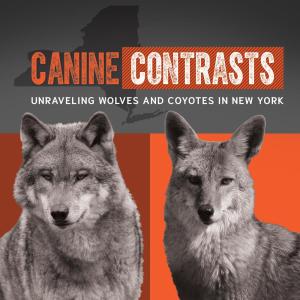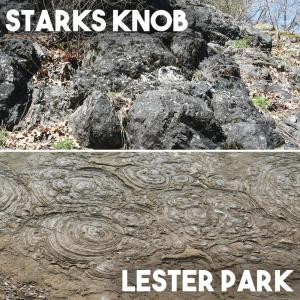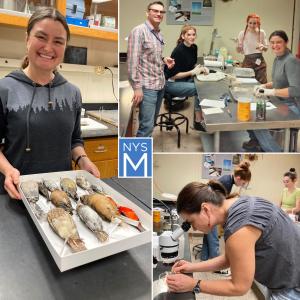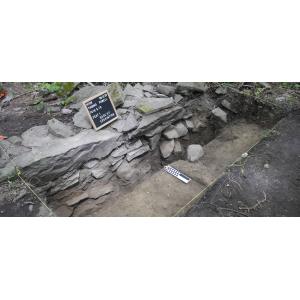Research & Collections
From its beginning in 1836, the New York State Museum has been home to some of the nation’s leading scientists, including pioneers in archaeology, paleontology, ethnology, and botany. Its collections now rank among the finest in many fields and total more than sixteen million specimens, objects, and artifacts.
Research at the New York State Museum today is as exciting as it is varied, with scientists and historians actively directing projects in biology, anthropology, geology, paleontology, and history. Research by staff represents one tangible way in which information about the natural and cultural histories of New York, and the world, is made available to the public. Research findings are presented in scholarly and popular publications, at professional meetings, in exhibitions, and in public programs.
Researchers throughout the world use the collections of the New York State Museum to address questions about New York's natural and human heritage. The Museum’s collections are made available to researchers and scholars and are also used in exhibitions and public programs. Participation in Museum collections curation and research projects is possible through internships and volunteer opportunities.
To explore the Museum’s Research and Collections Division, hover your mouse over the Research and Collections block at the top navigation bar.
News Articles
Unlocking Prehistoric Secrets With 21st Century Tools
Published June 12, 2025 | Vertebrate Paleontology
From Bunker Hill to Ground Zero: A Button’s Journey Through History
Published June 2, 2025 | Historical Archaeology
Rare Fossil Discovery Sheds Light on Ancient Life in New York
Published May 19, 2025 | Invertebrate Paleontology
A Fish Returns? Investigating the Possible Reappearance of the Silver Chub
Published March 31, 2025 | Ichthyology
Expanding Access through Digitization!
Published February 17, 2025 | Botany Mycology
Museums worldwide are actively digitizing their collections to enhance accessibility and broaden public engagement. This initiative increases the visibility and appreciation of valuable artifacts among the diverse communities that institutions lik...
Complete Mastodon Jaw Unearthed in Orange County Marks Major Discovery in New York
Published December 17, 2024 | Vertebrate Paleontology
New Acquisition: Double Weave Basket by Artist Carrie Hill (Kanien’keha:ka, Akwesasne)
Published November 20, 2024 | Ethnography
Unearthing History: Archaeologists Explore Ancient Genesee Overlook Site in New York
Published November 12, 2024 | CRSP
Repatriation
Published October 23, 2024 | Bioarchaeology
The Native American Graves Protection and Repatriation Act (NAGPRA) is a federal law that provides a process for the return of Native American cultural items to federally recognized tribes. It applies to any institution that receives or has receiv...
Unearthing Ceramic Technology and Pottery Traditions at the Mohawk Garoga Site
Published October 23, 2024 | Native American Archaeology
The Haudenosaunee (meaning “People of the Longhouse” or Iroquois) are famous for their pottery. In the 16th century, they produced thin walled, finely tempered pots of various sizes with well-defined collars decorated with incised geometric patter...
Hallowing This Ground: The Courtland Street Burials and Lake George Battlefield Park
Published July 9, 2024 | Bioarchaeology
On February 7, 2019, a housing development excavation destroyed numerous unmarked military graves on Courtland Street in Lake George village. Following reports of exposed human remains, Lisa Anderson, curator of bioarchaeology at the New York Stat...
A Centennial Celebration of the Fourth of July
Published July 1, 2024 | Cultural History
A majestic American eagle clutches two 32-star flags and carries a pennant in its beak declaring "Life, Liberty, and the Pursuit of Happiness." Overhead, sun rays and a laurel sprig shine down, while beneath, another laurel sprig sits over a shiel...
Exhibit Feature: Canine Contrasts: Unraveling Wolves and Coyotes in New York
Published June 17, 2024 | Mammalogy
The New York State Museum's latest exhibit feature Canine Contrasts: Unraveling Wolves and Coyotes in New York introduces the fascinating world of wolves and coyotes as it tells the story of a wolf recently mistaken for a coyote and killed ne...
New York State Geoparks Highlighted in New Videos
Published March 26, 2024 | Geology
Two videos on classic geologic sites in New York are available from the Geological Society of America “Geoheritage” program. The videos, made by Drs. Ed Landing (New York State Paleontologist, emeritus) and Alexander Bartholomew (SUNY-New Paltz, g...
From Field to Lab: Research Associate in Ornithology Connects Conservation with Museum Collections
Published February 5, 2024 | Ornithology
Locally-based Ornithologist Dr. Taza Schaming was appointed as a Research Associate in 2023, and has been assisting Dr. Jeremy Kirchman, NYSM Curator of Birds and Mammals, in our specimen preparation lab, turning salvaged birds into research speci...
NYSM Archaeologist Featured in the Times Union for Research Identifying 19th-Century African American Farms
Published February 5, 2024 | Historical Archaeology
NYSM Historical Archaeologist Michael Lucas and his team were recently featured in the Times Union for their fieldwork and research leading to the identification of Albany-area farms owned and operated by African Americans during the 1800s. Dis...









